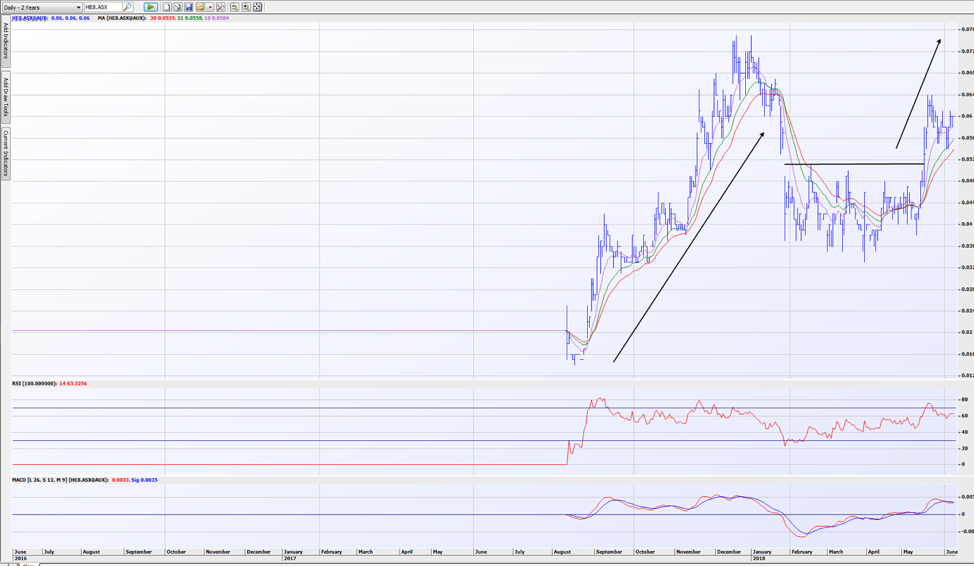Helios (HE8) was a company that I recommended back on the 8th December 2017 as one of my preferred plays for 2018 and one that was one of my largest holdings to reflect the unique position it presented. The stock was trading around the 6c mark at the time and as I write this column the share price is hovering around the same levels. Not the best return so far but for the patient could be very well rewarded shortly.
Helios had a great start after listing running from 2c to a high of 7.6c. Many of the reasons for that appreciation were the subject of my first column where the Company is in the process of proving a new oil basin exists at its Presiodo Oil Project. This project lies on the western extremity of the West Texas Permian Basin, one of only 25 identified “Super Basins” in the world and within the Marfa sub-basin. Their second project is the Trinity Oil project located South East Texas.
As a recap Helios has built a sizeable land bank in the region of over 66,000 acres so that in the event of commercial success the Company will be in a very advantageous position. Such a discovery would trigger a new outlook on the region and a grab to secure acreage in the area for further drilling activity and development. Acreage prices will skyrocket in those areas with oil and gas potential. As an example within the Permian Basin acreage prices have increased from around US$2000 per acre to near US$30,000 per acre this year with spikes of up to $60,000 an acre. Considering Helios has been securing acreage at sub $50 per acre, the increase in their acreage value would be substantial and an add-on to any oil discovery.
In January Helios hit an infrastructure issue when testing the Quinn 113 well which held a lot of promise. Unfortunately the concrete casing to the drill hole cracked and water from a different point to the actual formation being tested. Despite best efforts to repair the well with a “squeeze job” the well needed to be abandoned and focus was shifted to the second well in the program – Quinn Creek 141.
Helios has had oil to surface from this well as announced May 2nd proving that oil exists in the region and now the question will be whether flow rates from the well are enough to make it commercially viable. A single stage frack of the Austin Chalk formation (the targeted region in the last two wells) to determine the flow rates is the next item on the agenda, with results expected in the next few weeks.
All eyes are on these results and successful flows at a commercial rate will certainly bring this region to the attention of many of the major oil and gas players within Texas. The potential for a significant re-rating thereafter is extremely high considering Helios market cap is currently $69 million compared with other players like Australis Oil and Gas (ATS) at $370 million where there project in Louisiana is a little more advanced but highlights the immense upside available after initial success.
The market is starting to appreciate the upside potential here with share price exiting a nice base that has been several months of duration. Just as the triple moving averages supported the first upleg from 1.5c to 7.6 cents – perfectly underpinning each minor pullback, the same is occurring again with the emergence of the latest uptrend. A similar move to the last upleg (on the back of impressive flow rates following the fracking exercise), generates targets to just under 10c.
I still sit with exactly the same exposure to Helios as I did when I highlighted this story last year. As unbelievable as it sounds but this is the first time exploration for oil in this region of Texas has occurred. The major oil companies are all watching to see there is a commercially viable new basin here and if so – game on!








